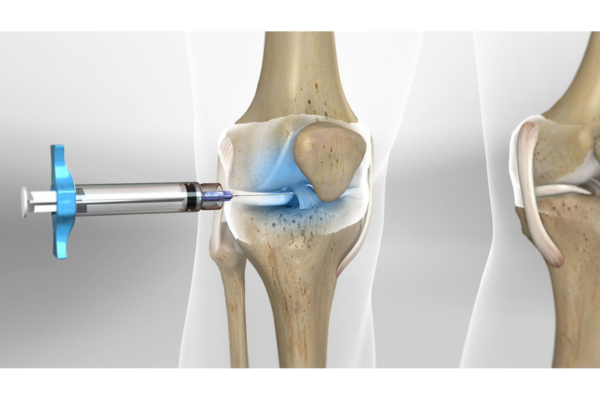Exploring New Techniques in Joint Replacement Surgery

Joint replacement surgery is a procedure in which parts of a damaged or arthritic joint are removed and replaced with a prosthesis, an artificial joint. It is typically made of metal, plastic, or ceramic and is designed to replicate the typical, healthy joint’s movement. Surgeons now have access to various techniques and technologies developed to refine the joint replacement process. Here are some of the techniques being explored in the field today:
Anterior Approach
The anterior approach is a specific method surgeons use for hip replacement surgery. In this procedure, surgeons make incisions in the hip joint from the front of the body rather than the side or back. This pathway allows surgeons to work between the muscles and tissues without detaching them from the hip or thigh bones. During the operation, the patient lies on their back, giving the surgeon a clear view of the joint. This surgical technique involves a specific set of instruments designed to work within the space created by separating the muscles.
Advanced Arthroscopy
Arthroscopy is a type of procedure that gives surgeons a view inside a joint. It involves using a small camera, called an arthroscope, which is inserted through a small incision in the skin. This camera transmits an image of the joint’s interior to a high-definition video monitor. Surgeons may use these images to guide the placement of small surgical instruments. This visual information enables the surgeon to assess the joint structures and perform precise actions.
Small Incisions
Some joint replacement procedures now use smaller incisions than were traditionally used. The size of an incision depends on the specific needs of the surgery and the patient. Using smaller openings presents unique challenges for surgeons, who require specialized instruments to operate effectively. The goal of employing smaller incisions is to minimize tissue disruption at the surgical site. This approach is sometimes called minimally invasive surgery. Not all patients can undergo procedures with small incisions, and surgeons may decide based on various factors, including the patient’s anatomy and the complexity of the joint problem.
Less Tissue Damage
Modern joint replacement surgery emphasizes techniques that minimize tissue damage. These methods aim to preserve the muscles, tendons, and ligaments around the joint. The anterior approach for hip replacement uses a tissue-sparing technique because it reduces the need to cut major muscles.
Surgeons may use different strategies to move soft tissue aside instead of cutting through it. Specialized surgical tools and navigation systems enable surgeons to operate with greater precision, which helps preserve surrounding tissues. The goal is to perform the necessary steps of joint replacement while interacting minimally with the surrounding soft tissues.
Get Joint Replacement Surgery
Understanding the different surgical techniques available is a step in your healthcare journey. Each method has specific procedural details and applications. An orthopedic surgeon can provide information about these techniques and explain which one might suit your individual circumstances. The surgeon will evaluate your joint condition, overall health, and medical history to form a complete picture. Having a thorough discussion with a specialist will help you understand the process. If you have questions about joint replacement surgery and want to learn more, you can schedule a consultation with our orthopedic team today.
- What to Expect When Visiting a Foot and Ankle Specialist
- Causes of PTSD
- The Link Between Plantar Fasciitis and Weight Gain: What You Need to Know
- How Pet Ownership Can Positively Impact Life with Fibromyalgia
- The Importance of Stretching and Flexibility in Sports Medicine
Dr. Emma Green is a health and wellness expert with over 10 years of experience in nutrition and fitness. Passionate about helping others live their healthiest lives, Dr. Green shares practical advice on wellness, nutrition, and sustainable living through LivingSpristine.






